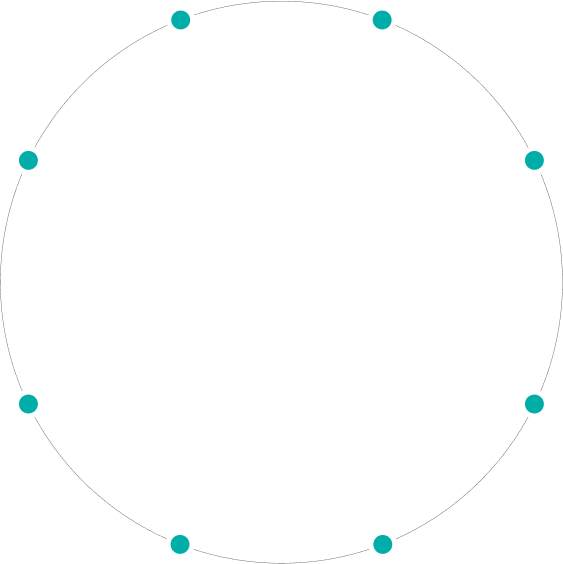Intended Use
The device is designed to measure, by applying the technique of EIT, the regional changes in thoracic impedance in the measured area due to changes in content of gas and liquid (ventilation or perfusion) and short-term changes in end-expiratory lung volume (EELV).

Intensive Care Unit/Operating Room/Emergency Department

Department of Respiratory

Department of Rehabilitation

Department of Cardiothoracic Surgery

Other departments requiring ventilation/perfusion monitoring

Pneumonia

ARDS

COPD

Pleural effusion

Hemothorax

Pneumothorax

Pulmonary embolism

Pulmonary arterial hypertension


Switching on the EIT System

Device Check

Connecting the Electrode belt, Patient cable, and Equipment cable Preparing the patient

Check Signal Quality

Enter Patient Information on the Start Page

Set Cut Off Frequency

Start Monitoring and Assessing Using Main, ΔEELI, Trends, Analysis and Match Views

Disinfection


Warnings






